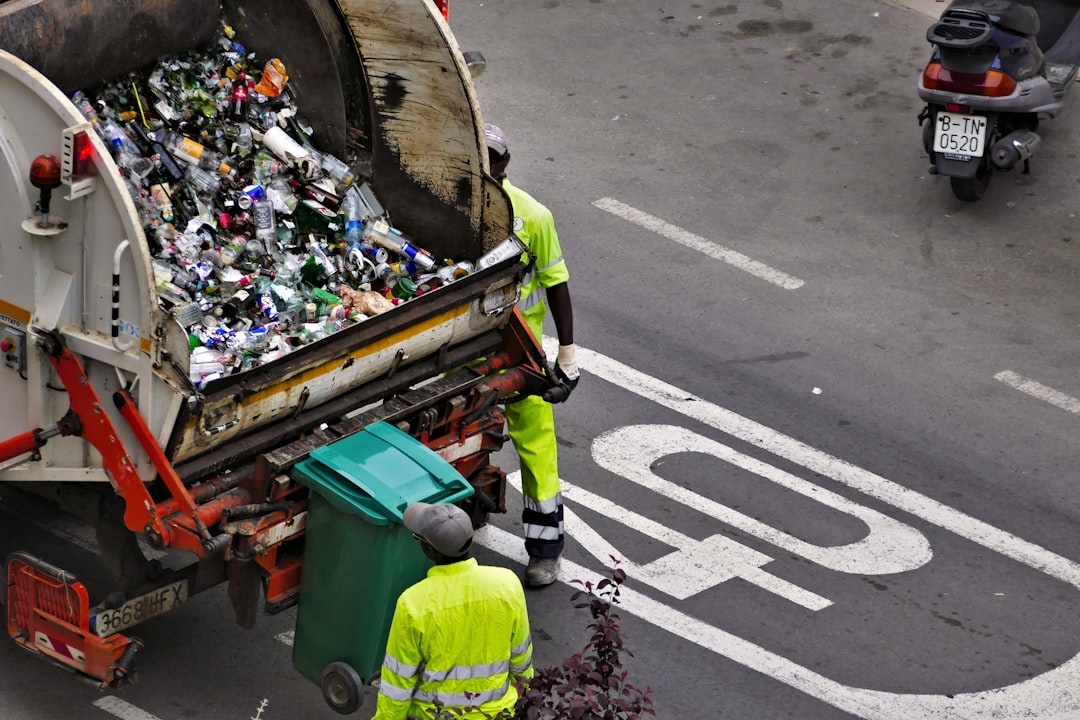What is it about?
This study researched the effects of machining parameters on surface roughness and material removal rate in the wire electrical discharge cutting of high-density Al/B4C metal matrix composites produced via the hot pressing method. Wire tension, reinforcement percentage, wire speed, pulse-on time and pulse-off time were set as the control factors. The Taguchi L18 (21 × 34) orthogonal array was used in the experiment design and determination of the optimum control factors. Variance analysis was applied to determine the effects of the control factors on the surface roughness and material removal rate.
Featured Image

Photo by Margo Brodowicz on Unsplash
Why is it important?
The effects of control factors in the use of WEDM for the machining of B4C particle-reinforced composites in particular were determined, thus compensating for the lack of coverage in the literature
Perspectives
The results showed the most effective parameters to be pulse-on time (30.22%) for surface roughness and wire speed (83.20%) for material removal rate, and the optimum levels of the control factors to be A2B1C2D1E1 and A2B2C3D2E2, respectively. Predictive equations were then developed by applying linear regression analysis, and the adjusted correlation coefficients were calculated as 0.61 for surface roughness and 0.785 for material removal rate.
Prof.Dr. Ali Riza Motorcu
Canakkale Onsekiz Mart Universitesi
Read the Original
This page is a summary of: Evaluation of surface roughness and material removal rate in the wire electrical discharge machining of Al/B4C composites via the Taguchi method, Journal of Composite Materials, October 2015, SAGE Publications,
DOI: 10.1177/0021998315609788.
You can read the full text:
Contributors
The following have contributed to this page










